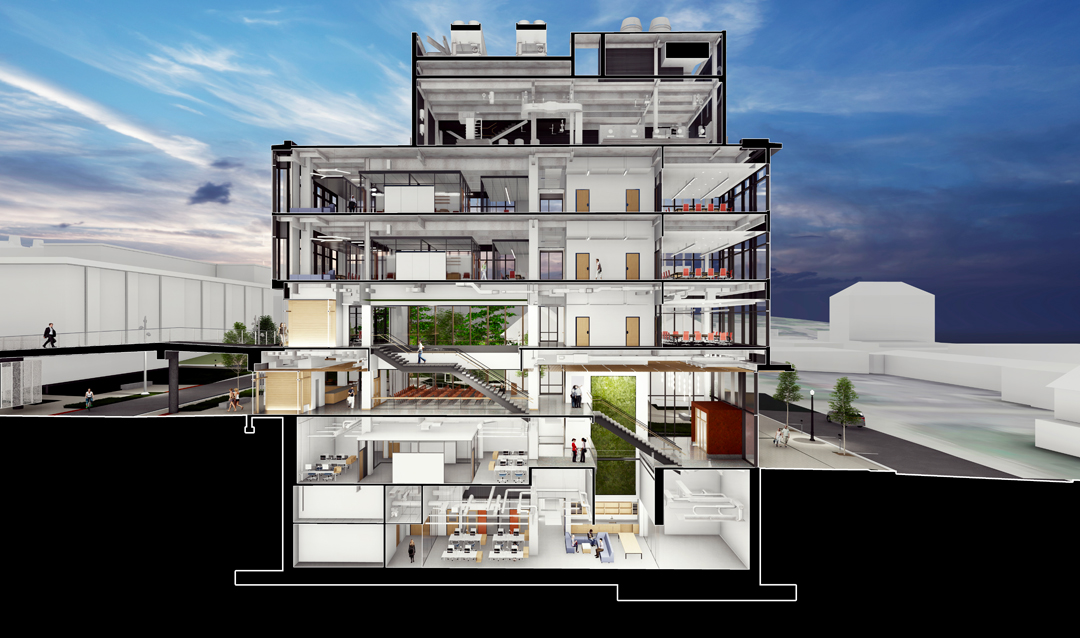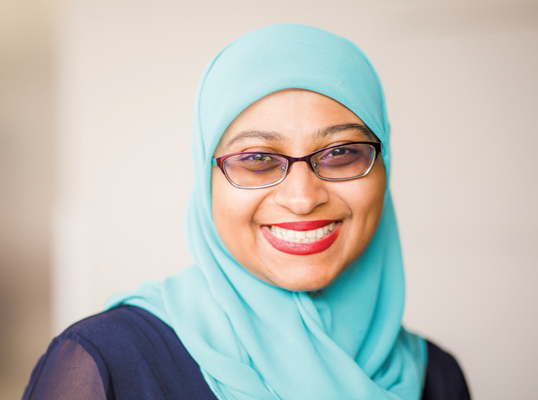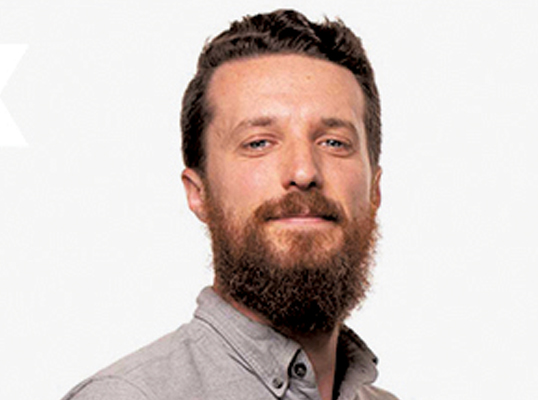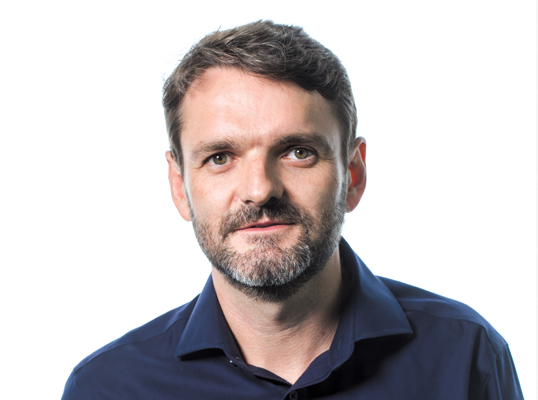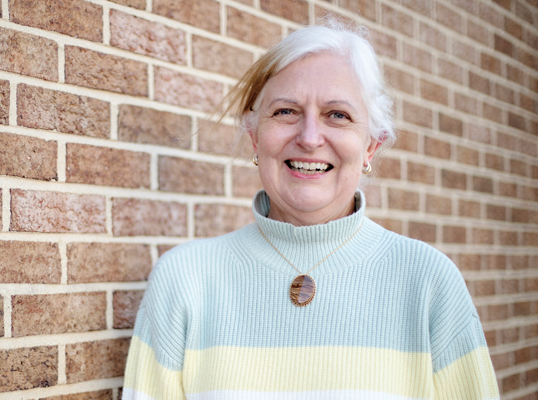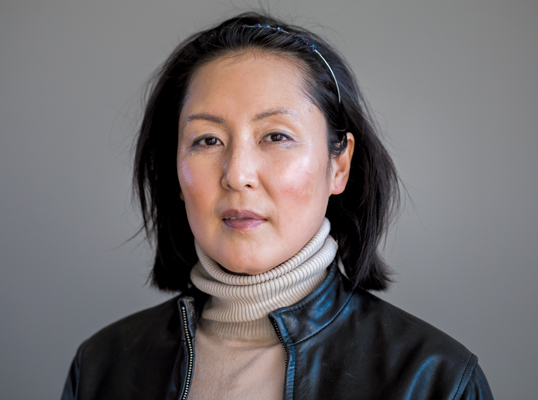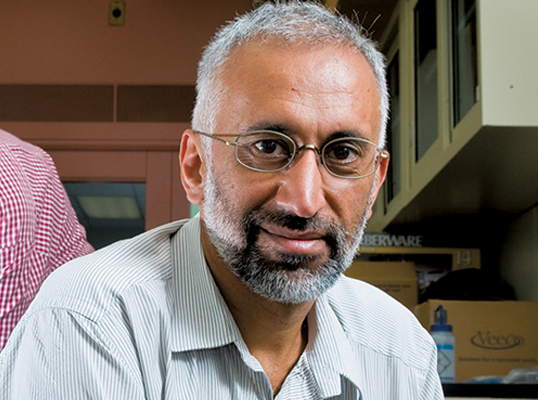The Health, Science and Technology building, slated to open in early 2022, is being heralded as a revolutionary space for interdisciplinary research, where thinkers with different perspectives can join forces to address important questions.
The facility, also home to the College of Health, has open-concept labs, transparent walls, staggered staircases, integrated workspaces and a community forum, laid out in a way that prompts unexpected meetings among students and colleagues.
“The most innovative interdisciplinary research ideas come from sticky collisions,” said Chemical and Biomolecular Engineering Professor and Chair Steven McIntosh. "They come from striking up conversation next to someone new while you’re getting coffee. The HST building is designed extremely well to have those collisions. ... You have to move around.”
We asked some of the faculty who will be working in HST about the discoveries and collaborations that the space might make possible.


